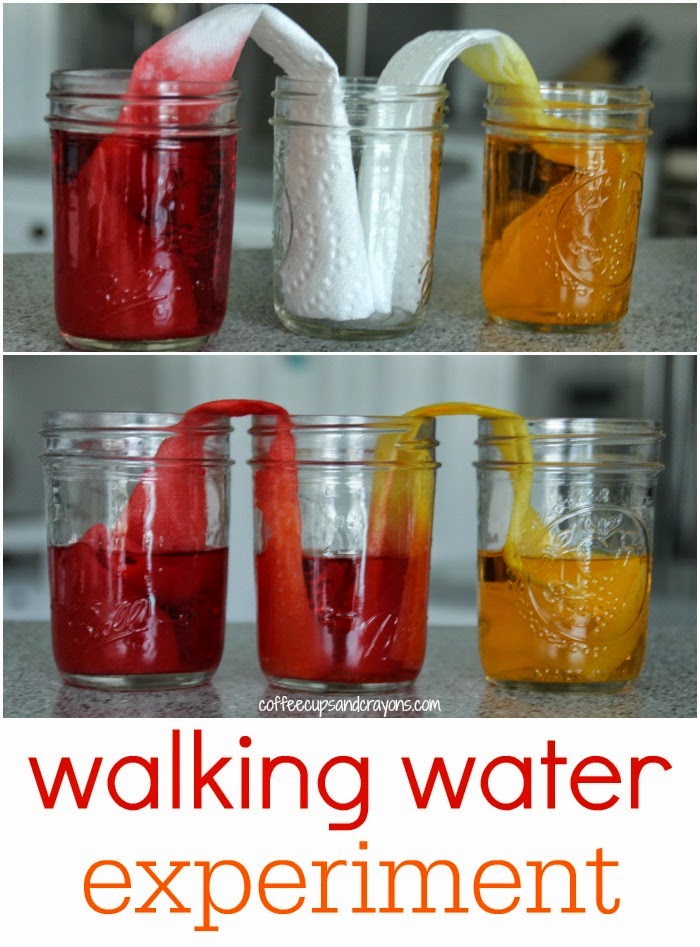For my investigation box I decided to do a magnet theme. My box is geared towards 3rd grade and the Next Generation Science Standard that it is connected to is:
| 3-PS2-3. | Ask questions to determine cause and effect relationships of electric or magnetic interactions between two objects not in contact with each other. |
|---|
The above pictures are just pictures of the investigation box itself.
Above is a picture of the 3 books I chose to include in my investigation box. The first one is Magnets: Pulling Together, Pushing Apart by Natalie M. Rosinsky, then What Makes A Magnet by Franklyn M. Branley, and Science: Explore How Things Work.
This is a photo of the directions for Activity 1 in the box. In this activity the students use a big magnet to test other objects to see if they are magnetic or non-magnetic. While they test the objects there is a graphic organizer that they color in, if the object is magnetic they color in the smiley face, if it is not magnetic they color in the sad face. The following pictures are of activity 1:
The above photo is the directions for activity 2. In this activity the child gets to explore what happens when they hold a magnet up to a bottle full of cut up pipe cleaners. There are also questions on this activity sheet to get the child thinking about after they have done the activity. Below is a picture of the activity:
Above is a photo of the directions for activity 3. In this activity the child uses one of the large blue or red magnets and searches the box of rice to find the correct letter magnets to spell their name on the cookie sheet. This is a great sensory activity as well. There are questions on the directions sheet to guide the children in this activity. Below is a picture of this activity:
Above are the directions for activity 4. In this last activity the child uses two magnets, one on top of the cardboard and one below. They guide the magnet along the line on the cardboard. They can even create their own cardboard with what ever kind of line they want to draw. Below is an example:
All of these are great to get children exploring magnets!





.jpg)
.jpg)
.jpg)
.JPG)
.jpg)

.jpg)


.jpg)




.jpg)





.jpg)












.jpg)


